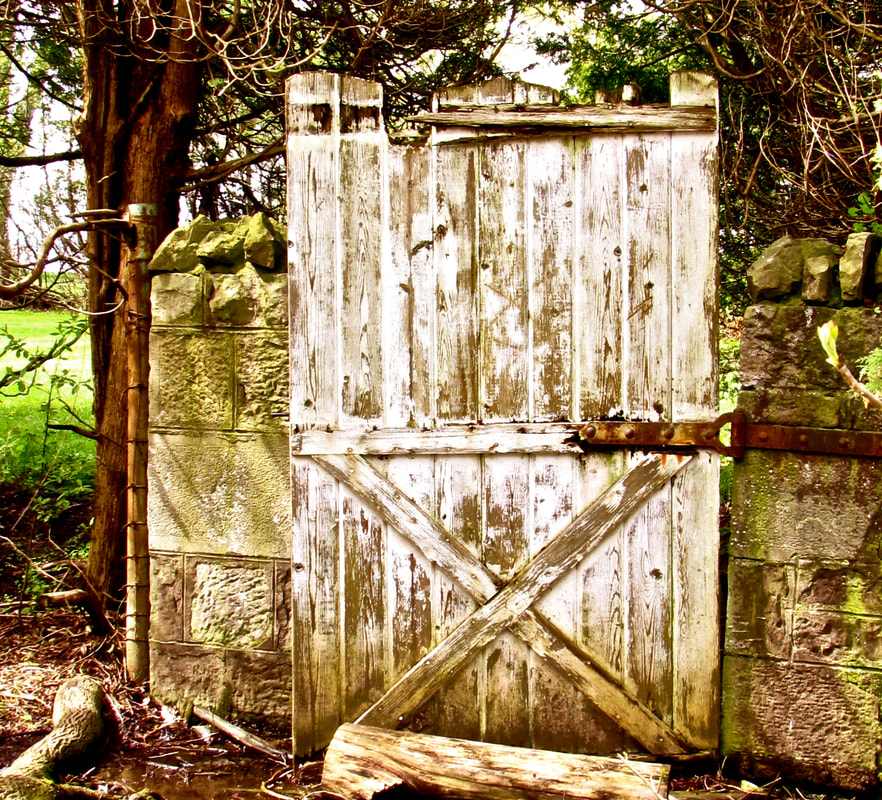Because post-Christmas around here is largely dedicated to sugar withdrawal and broad-based lethargy, I have had ample time to read. (By the way, it is a mistake to think of sugar as a stimulant. Any research will assure you that it has a sedative property. I am living proof of this, having devoured my own weight in chocolates, breakfast casseroles with brown sugar bases, apple pies, shortbreads and Christmas cake; I may be fat but I’m docile.)
If you can over-read, I have done that too. Here’s what’s been open, here and there in the house:
just about finished The Secret Chord by Geraldine Brooks; using Nathan the prophet to tell the heroic legend of King David of Israel, the novel reminded me of those great Arthurian trilogies by Jack Whyte and Mary Stewart, both of whom used the psychically-gifted insider to show us the private life of a great warrior- king. Curiously, About Grace (a first novel by Stephen Doerr, who wrote the 2015 Pulitzer-Prize-winning All the Light We Cannot See -- my favourite book of the year) also chooses the agony of pre-cognition to frame the narrative. Last year, it seemed that every book I picked up was on late 19th century Paris; this year I keep running into unwilling prophets.
On a different note, The Invention of Nature recounts the splendid life of Alexander Humboldt, the genius who inspired Prussian aristocracts and Goethe to join him in a life-long immersion —cataloguing the planet, forming the concept of ecological zones, whether vertical or latitudinal. The most famous man of his time, apparently! And I thought he founded a town in Saskatchewan. Someone else who got around was Houdini, the main character in Galloway’s novel, The Confabulist; it is exciting, partly because many of Houdini’s illusions and escapes are deconstructed although I still caught myself trying to hold my breath for long periods.
For more Canadian content, there is Gail Anderson-Dargatz’ A Recipe for Bees, which I admit to having bought largely because of the title and the delightful book jacket which spells it with herbs and honey-bees; as you know, I am a fool for bees and botany, and the novel was full of sweet bits of natural history. For example, I now know how to capture a swarm. You never know when that information will come in handy. Another Canadian book whose jacket completely endears it to me, is Robert Bateman’s recent autobiography. It is bound in a rich red surrounding his utterly superb self-portrait. I am taking my time reading this birthday gift from a dear friend; in the meantime, it is pure eye-candy.
Lest you mourn my left-hemisphere, Jon and I have been listening to Bill Nye on the topic of evolution. The chapters range from cosmology to biology and are wonderfully cogent and fascinating. Yes, my brain hurts sometimes. But, as they say, “in a good way.”
Obviously, re-entering the real world is overdue. I actually felt the urge to dust today. Then again, if I open a book, maybe it will go away. Come to think of it, I sat down to write this post instead.
There should be a copy here of a large watercolour portrait I did of Jon on the first day of summer holidays some years ago. He is on the deck in a large rocker, happily reading. The title obviously had to be “Spare Time.” It is currently residing in The Land of the Missing. When I find it, you shall have it.

 RSS Feed
RSS Feed
